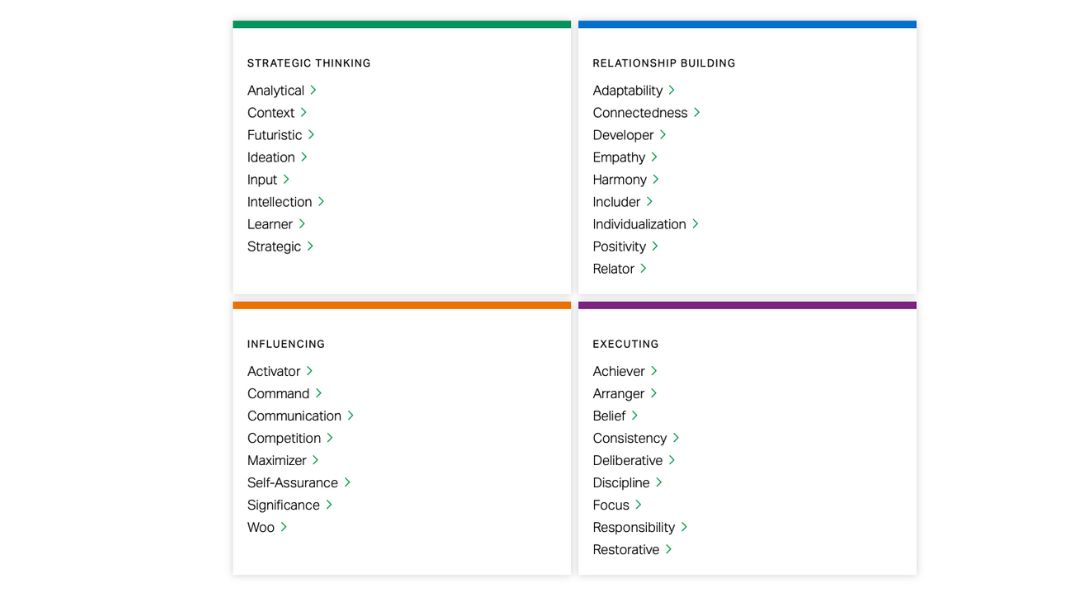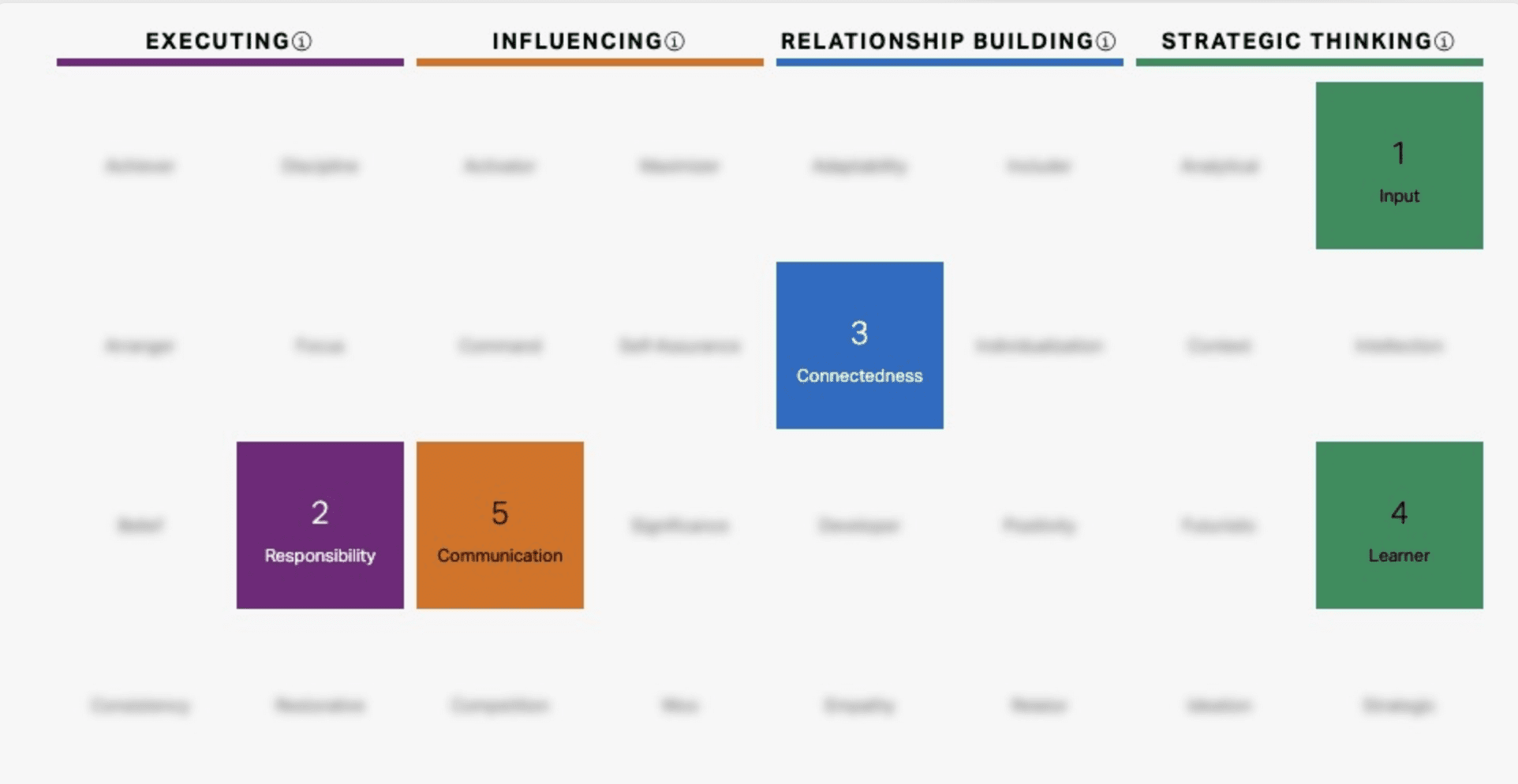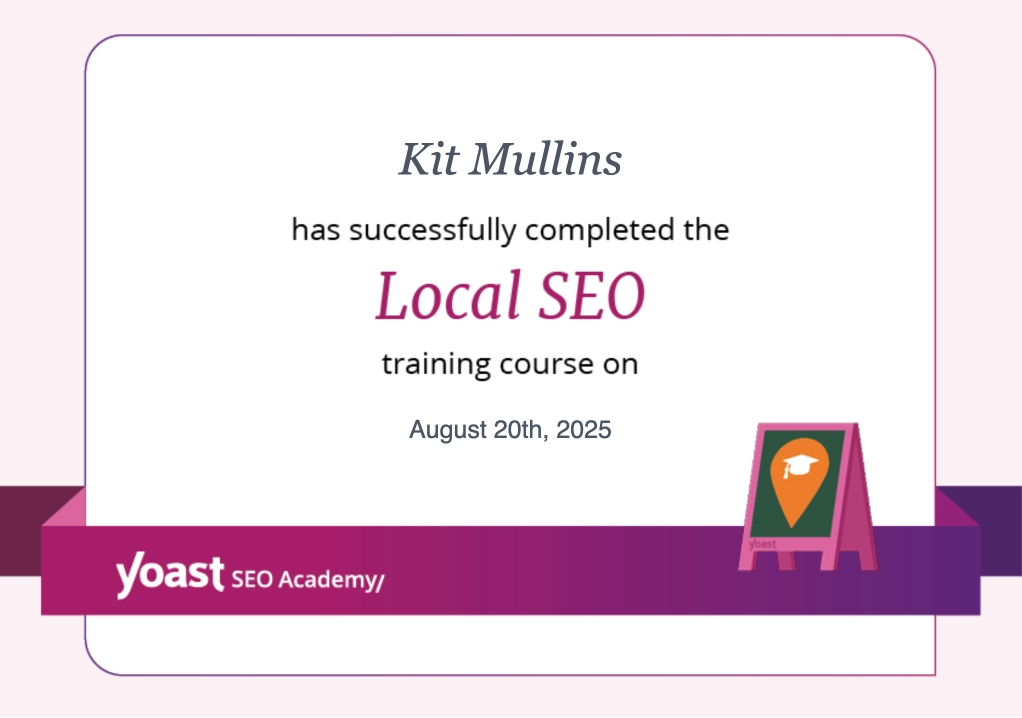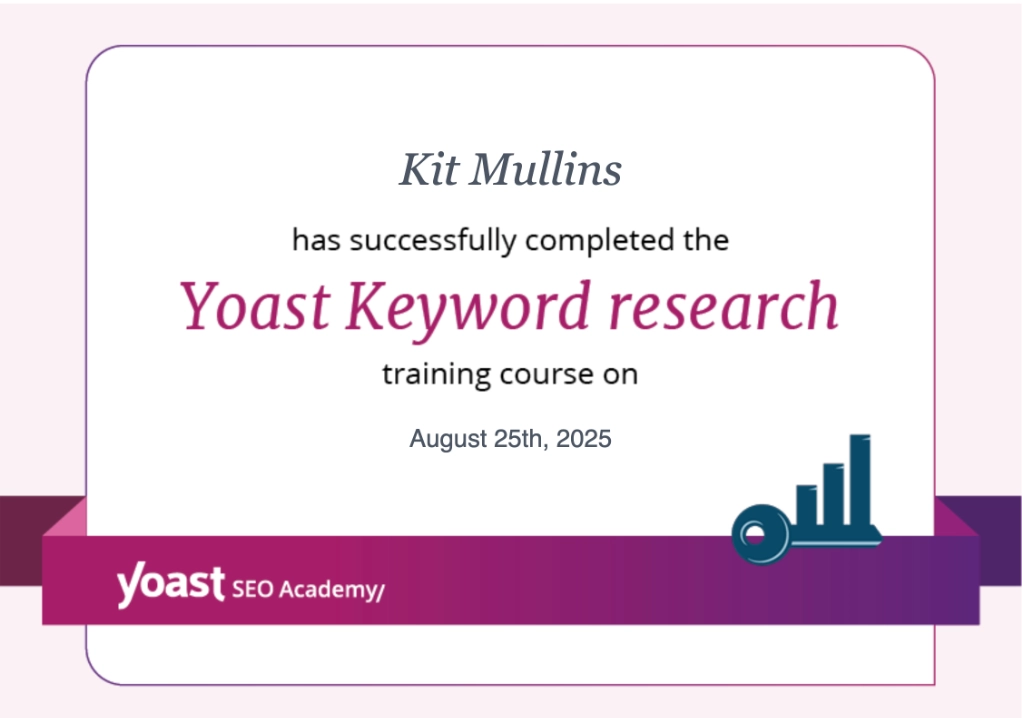Are you setting up a new office? Whether launching a new business, relocating to a new site, or expanding your business, you must have a fully equipped office space for you and your team. What does your work space need? Somebody will use the office daily, so you’ll want to have everything required so everyone can work to a high standard every day. Although there is some overlap, setting up a new office space is different that setup up a work-from-home environment. You also want to ensure you and your team can work comfortably and feel settled in the office space. With this in mind, here are a few essentials.
Your New Office Needs Internet & Tech
To begin, every business requires internet and various tech these days, and you’ll want to have this set up and running right from day one. You should arrange high-speed internet for you and your team to use and invest in high-quality hardware, including computers, laptops, printers, telephones, and any other kind of tech that somebody will require.
Office Furniture
At the same time, it goes without saying that furniture is essential from the very start. It’s important to take your time to find furniture that’ll be comfortable and practical. You should provide ergonomic chairs for your team so they can work comfortably, avoid injury, and provide solid and sturdy desks. Storage is another important consideration, as your employees will need to have space for storage to keep clutter to a minimum.

Meeting Rooms
In addition to individual workspaces, you’ll also want to have meeting rooms you and your team can use to communicate and collaborate. The need for meeting rooms is why comparing different office spaces is always a good idea to find somewhere suitable for your team. You can find desirable office spaces to rent through reputable companies like The Workplace Company – office space in Paddington, London, is a good choice as it’s in the heart of the capital. You can find spacious office spaces with meeting rooms and other necessary facilities, and renting your space will give you greater flexibility.
Do You Need a Break Room?
It is hard to overstate the need for a break room in your office. Your employees must have a space they can go to during their break time to adequately disconnect from work, recharge, and socialize with others. A fully equipped break room can make an enormous difference to employee morale, well-being, and productivity levels, so this area should be a priority. “Think about it as an oasis of sorts, a spot where employees can truly unplug for a few moments and enjoy their breaks away from their roles and responsibilities,” says Business Consultant & Coach, John Waters.
Choosing Office Decor
Generally speaking, the decor may not seem a priority in your office space, but a lack of scenery can blow morale. You don’t need to have a space designed by an interior designer, but it’s important to have color, style, art, and plant life in your new office space. The decor and design you choose help create a positive workplace atmosphere and inspire your team daily.
These are a few of the main things you’ll need from your new office space. An office with all the above will provide a solid base for you and your team to work to your complete potential daily.































